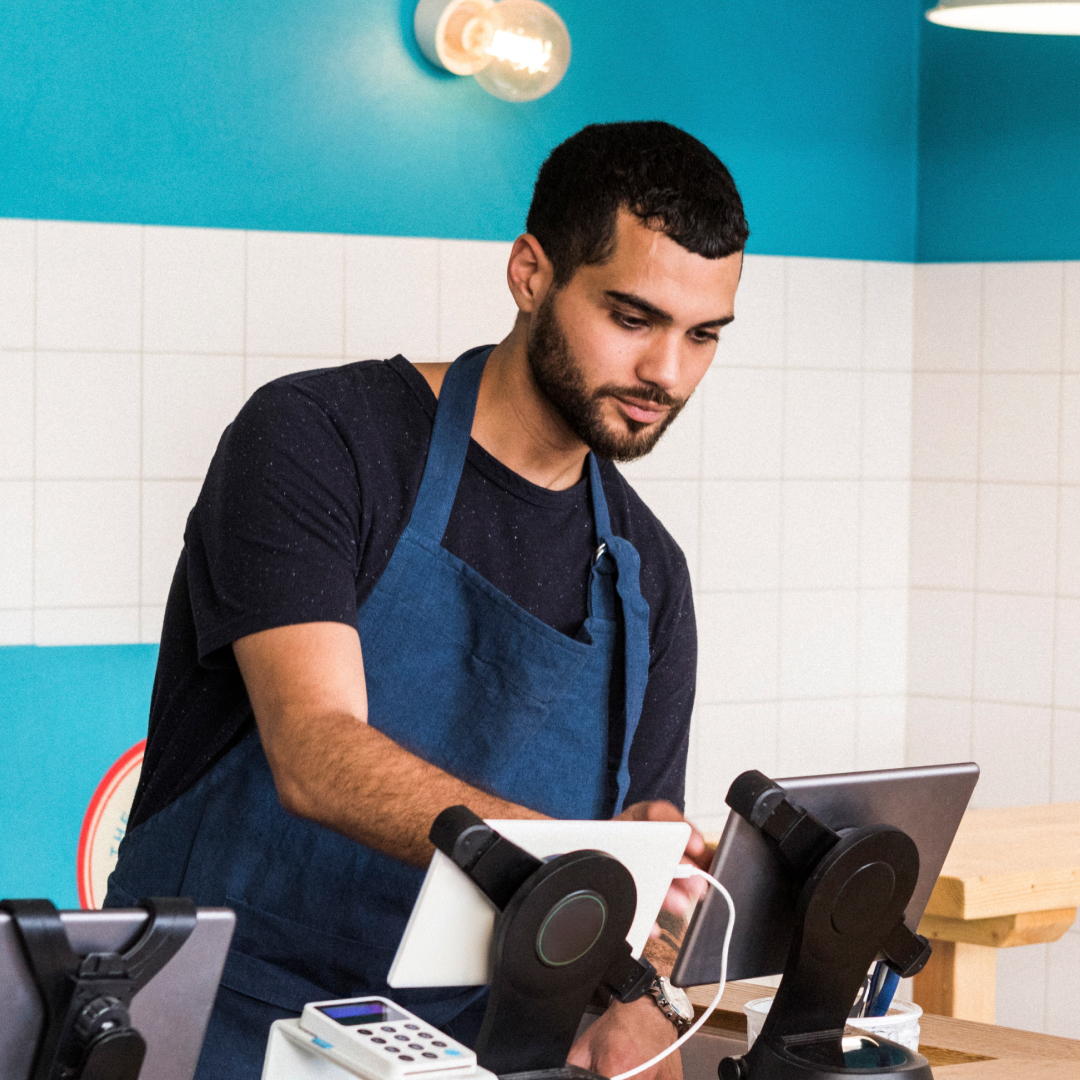Any time a guest enters your restaurant, they want to feel like they’ve gotten the deal of a lifetime. The best type of marketing that a restaurant can have is a customer that loves your brand so much that they become an ambassador, telling their friends and family about how wonderful your product is. This is the true goal of any restaurant marketing: get guests in the door so they can experience what you do and what you’re about, says Jeremy Threat, Vice President of Marketing at Vine Solutions, a restaurant consulting firm.
“Marketing is your opportunity to say, ‘This is who we are,'” Threat continues. As someone who has worked in the restaurant industry for much of his career, he has seen first-hand how promotions can be a great way to bring in new clientele and improve a bottom line.
While working as a manager at a restaurant in Sacramento, he noticed that happy hour service was slower at his bar than at his competitors, so he created a promotion to increase sales. He created a “$2, $3, $4” happy hour promotion featuring low-cost appetizers and drinks and waited to see how his customers reacted. “We saw a 200% increase at the bar and people got to try our product,” Threat remembers.
Promotions and marketing can be a great way to tell the public who you are and what you stand for, but how can you be sure that it was worth the time or money you and your team invested? Here’s how Threat uses four key metrics to measure the return on investment for restaurants, and other lessons he learned from running his own promotions.
1. Your current numbers
Before creating a promotion, ask yourself: Do you know where you’re trying to drive sales, exactly? Threat stresses the importance of knowing exactly what metric you want to effect—and no, it can’t just be a bigger bottom line.
“I like to tell people that not having detailed sales data is like getting into a car that doesn’t have a fuel gauge and doesn’t tell you how fast the car is going,” he says. Using data from a POS system can help create promotions that will impact specific line items.
“The idea is to say, ‘We know that on Tuesdays our wine sales are low, so how do we encourage this specific part of our sales to increase?'” After looking at that number you can create a goal and a targeted campaign that will be measurable using the same metric.
2. A promotion expiration date
Once your promotion is in place, you can monitor the numbers and look for increases or decreases in sales to know if your marketing is working.
When Threat put the “$2, $3, $4” happy hour promotion in place, he knew it was a success very quickly—within a month or two. Threat recommends owners create an expiration date for a promotion to track its success. “I planned on three months as the threshold,” he says.
Having a cut-off date in place allowed him to measure the success of the marketing and know when to pull the plug without costing the restaurant too much money. Starting a promotion without an end date may sound appealing, and it may increase sales for a while, but if interest drops off it could equal a loss in profit.
When picking an expiration date, consider the way that the promotion is being disseminated. “Word-of-mouth marketing will take at least two months until you see an uptick,” Threat says. Printed fliers and social media will take less time.
3. Cost of promotion
The cost of running a promotion is an expense that Threat says owners often overlook. The obvious costs of printed materials and ads are considered, but not the costs the restaurant will incur if the promotion is successful.
Before starting his “$2, $3, $4” promotion he looked at the food and labor cost in addition to bar sales. “I knew the food cost would go up since the price was so low,” he remembers. “I thought, if I sell this much and this is the cost or if we lose money, what’s the threshold until I pull the plug?”
Cost can also come in the form of labor. If your bar is suddenly twice as busy, that means you may need to put another bartender on that shift or your bartenders may need to clock in earlier. This is another area where having an expiration date becomes important.
4. An actual dollar amount
“You don’t take percentages to the bank,” Threat says. Even if you do see an increase in the number of something sold, you need to ultimately experience an increase in cash flow, too. “You have to see a ramp up in profit for something to be successful,” he continues.
That’s how you know that your promotion is giving you the best return. Obviously, if there’s no change in the bottom line because of costs or another factor, this negates the work of the promotion. At that point it’s time to go back to the data and take a look at what happened.
Remember, the goal of a promotion isn’t for someone to spend money at your restaurant once. The goal is for them to come in and enjoy their time so much that they want to come in again and again. “What you’re really trying to encourage is loyalty and repeat business,” Threat says. He says the worst thing that a restaurant can do is create a promotion just to bring in money without thinking about how it fits in with their brand.
“Like a fine-dining restaurant adding table tents to their dining room,” he says. “There’s no emotion and there’s no passion there.” Promotions can still speak to your brand and who you are as a restaurant. “Make sure you’re not going against your mission and core values.”



